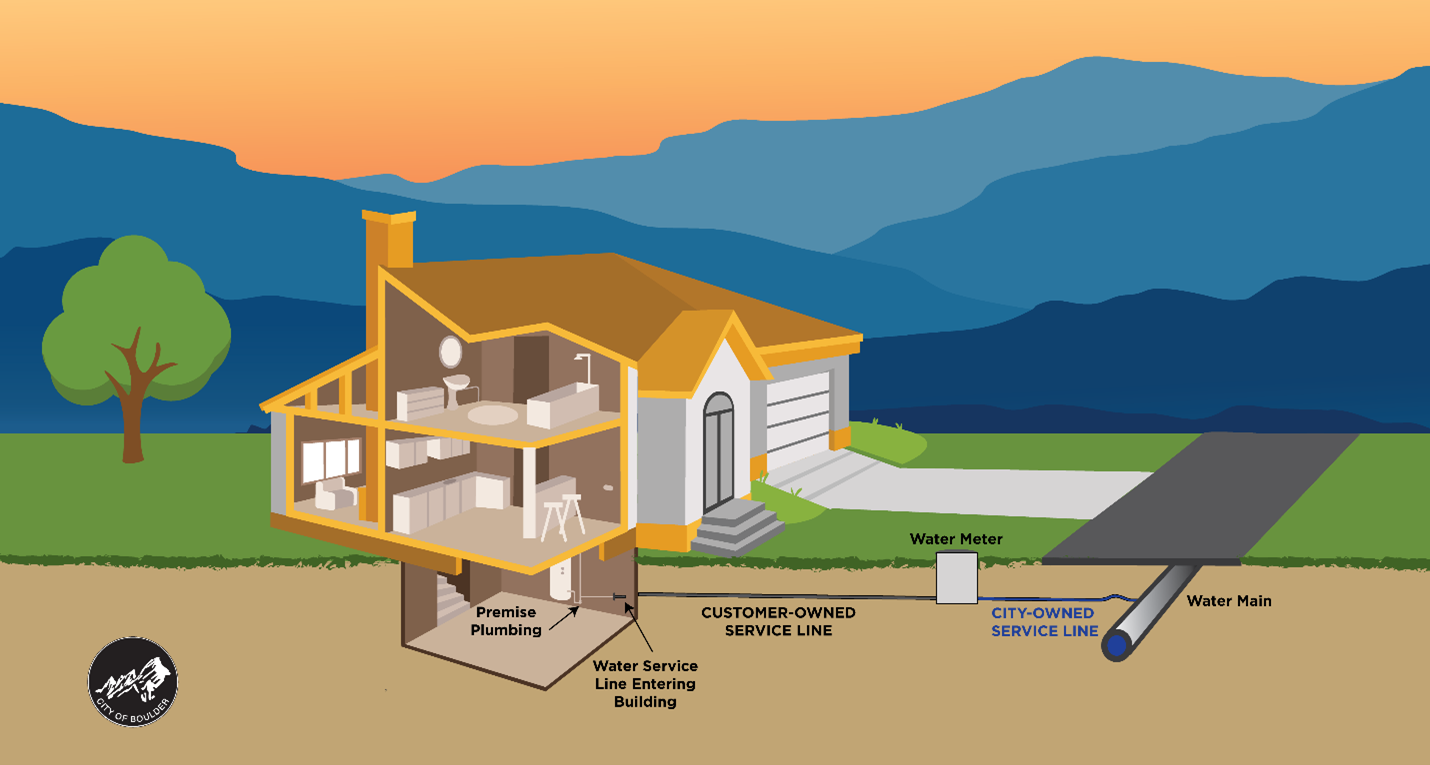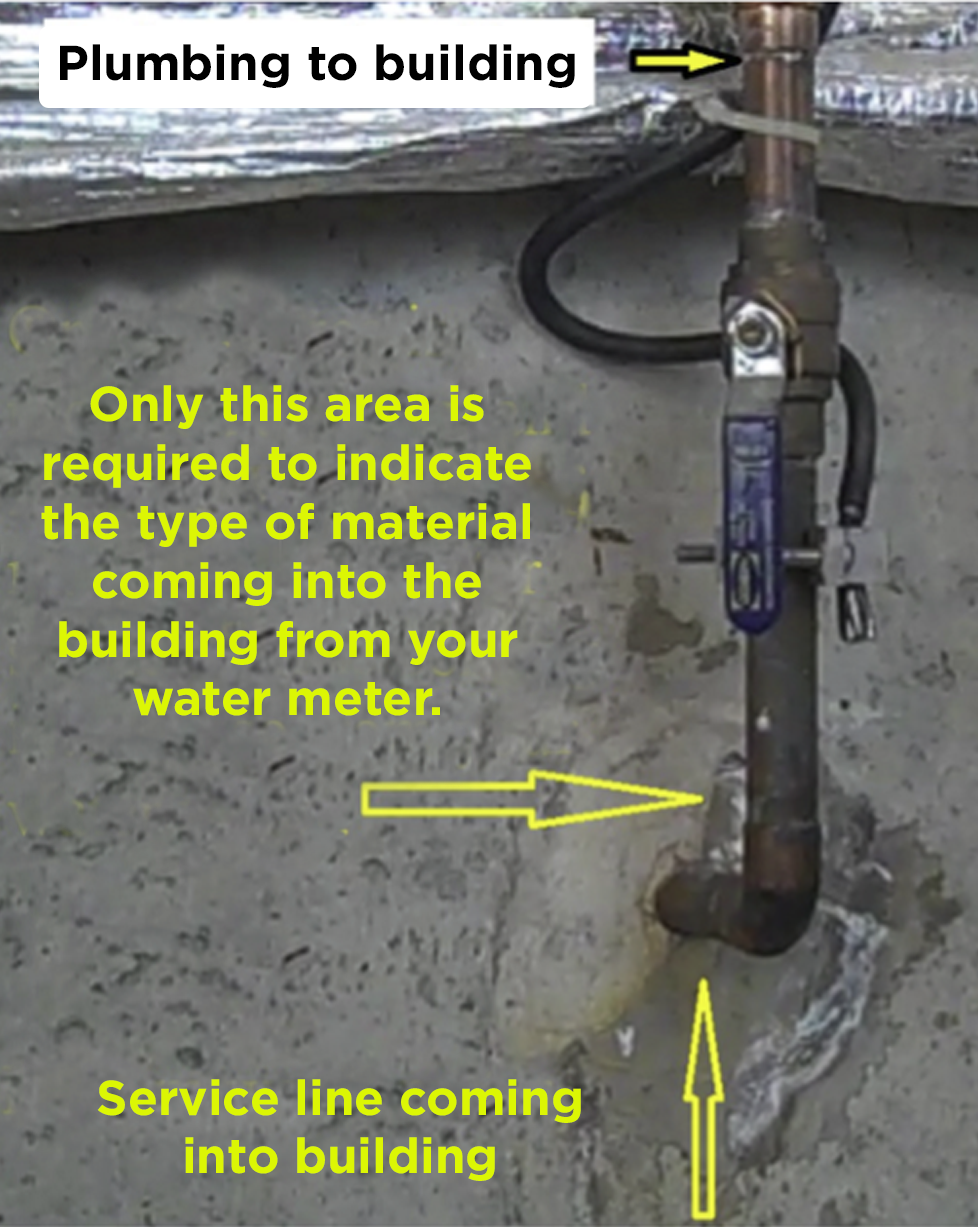The city is inventorying all drinking water service lines in our service area to determine what material they are made of. We are using a few methods to complete the inventory, including records review and visits to homes and businesses.
Federal regulations require all water providers to conduct this inventory, specifically to determine if there are any lead service lines. While lead in drinking water has been a concern in some municipalities, the city does not currently have evidence that would support such concerns in Boulder.


